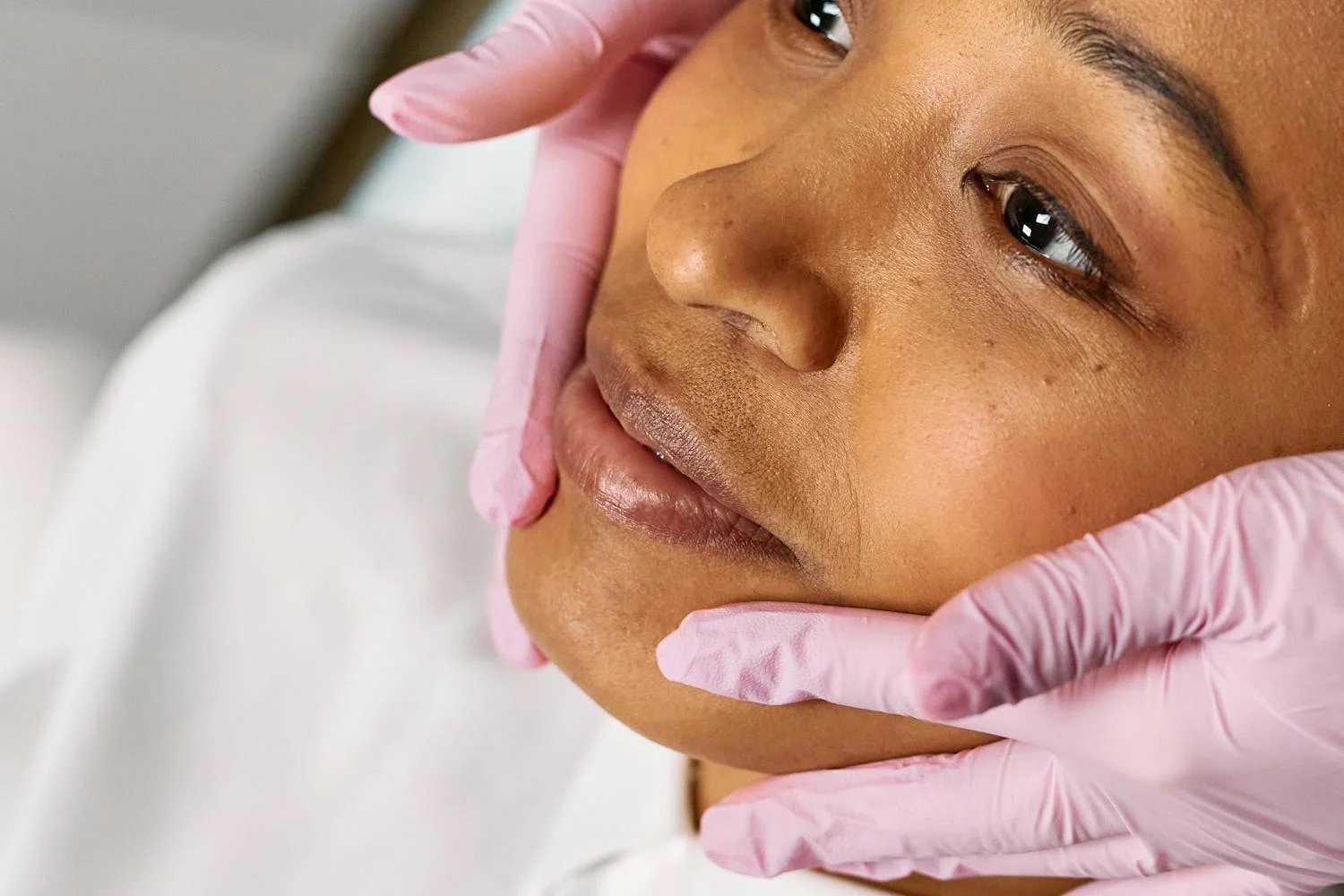
Scarring
What Causes Scarring?
Scarring of the skin occurs as a result of the body's natural healing process following an injury or damage to the skin. When the skin is wounded, the body produces collagen to repair the damaged tissue. However, this repair process can sometimes lead to the formation of scar tissue. Deep or extensive wounds, such as those from severe acne, surgery, or trauma, are more likely to result in prominent scars. The duration of the healing process also plays a role, as prolonged healing can lead to more noticeable scarring. Genetic predisposition can make some individuals more prone to scarring, while different skin types and tones may affect how scars appear. High levels of inflammation during healing, infections, and exposure to sunlight can further exacerbate scarring, affecting both the texture and pigmentation of the scar.
Let’s talk specifically about acne scarring…
Acne scarring arises from the inflammatory response and healing process associated with severe or persistent acne. Several key factors contribute to the development of these scars. The severity and depth of acne lesions are primary determinants; for instance, cystic and nodular acne, which penetrate deeper into the dermis, are more likely to result in significant scarring compared to superficial forms of acne. Persistent inflammation during the healing phase exacerbates this risk, as it leads to greater dermal damage and disruption. Additionally, behaviours such as picking or squeezing acne lesions can aggravate inflammation and introduce pathogens, compounding the likelihood of scarring. Genetic predisposition and individual skin type also play critical roles, with some individuals having a higher propensity for scar formation. Furthermore, inadequate management or treatment of acne can contribute to the persistence and severity of scarring.
Various Types of Acne Scars:
Boxcar Scars: Broad, shallow depressions with sharp edges, resembling a boxcar. They occur from loss of collagen and are common in severe acne areas.
Ice Pick Scars: Deep, narrow pits that resemble small puncture marks. They are caused by severe, deep inflammatory acne.
Rolling Scars: Wavy, uneven scars due to fibrous tissue beneath the skin. They result from prolonged inflammation and cause skin irregularities.
Hypertrophic Scars: Raised, thickened scars that stay within the bounds of the original acne lesion, caused by excess collagen production.
Keloid Scars: Raised, lumpy scars that extend beyond the original lesion due to excessive collagen production and can continue to grow.
Treatment Options at Image
Dermal Fillers
In cases where scarring has resulted in significant skin depressions, dermal fillers can be used to elevate the indented areas, creating a smoother and more even surface. These fillers contain substances like hyaluronic acid or collagen, which are injected directly into depressed or atrophic scars. While we seldom use this approach as our primary treatment for scarring and generally focus on more resurfacing technologies, dermal fillers can still be a viable option for addressing deeper scars depending on your individual skin condition. This method effectively improves the overall texture of the skin, contributing to a more uniform appearance.
Microneedling
Microneedling, also known as collagen induction therapy, involves the use of fine needles to create controlled micro-injuries in the skin. This technique stimulates the body’s natural healing process, leading to increased collagen and elastin production, which helps improve skin texture and elasticity. For regular scars, microneedling can smooth out uneven surfaces and promote overall skin rejuvenation. In the case of acne scars, microneedling can be particularly effective by breaking down scar tissue and encouraging the formation of healthier, more even skin.
Morpheus8
Morpheus8 combines microneedling with radiofrequency (RF) therapy to offer a comprehensive approach to scar treatment. The microneedling component creates micro-injuries in the skin, which stimulates collagen production. Simultaneously, the RF energy heats the deeper layers of the skin, promoting further collagen remodeling and tightening. This dual-action treatment not only improves the texture of scars but also enhances skin firmness and elasticity.
BioRePeelCl3® Chemical Peel
BioRePeel is a specialized chemical peel that combines various acids and vitamins to exfoliate the outer layer of the skin. By removing dead skin cells and unclogging pores, BioRePeel helps to reveal fresher, smoother skin underneath. This treatment not only addresses surface imperfections but also stimulates collagen production, which aids in the overall improvement of skin texture. Suitable for all skin types, BioRePeel offers both immediate and long-term benefits by enhancing skin clarity, reducing the appearance of scars, and promoting a more even complexion with minimal downtime.
Exosomes and Purasomes
Purasomes are highly effective in improving the appearance of scars, including acne and surgical scars, when combined with treatments like microneedling. By boosting the skin's natural healing processes, Purasomes enhance skin texture and significantly decrease scar visibility. The complex contains high and low molecular weight hyaluronic acid, antioxidants, peptides, and plant-derived stem cells. These ingredients work synergistically to rebuild and revitalize the skin’s complexion, targeting scar reduction specifically. In addition, Purasomes provide long-lasting protection against environmental stressors, helping to maintain smoother, healthier-looking skin. For even greater effectiveness, Purasomes can be integrated with advanced treatments like Morpheus8 and jet plasma to further enhance skin rejuvenation and scar reduction.

